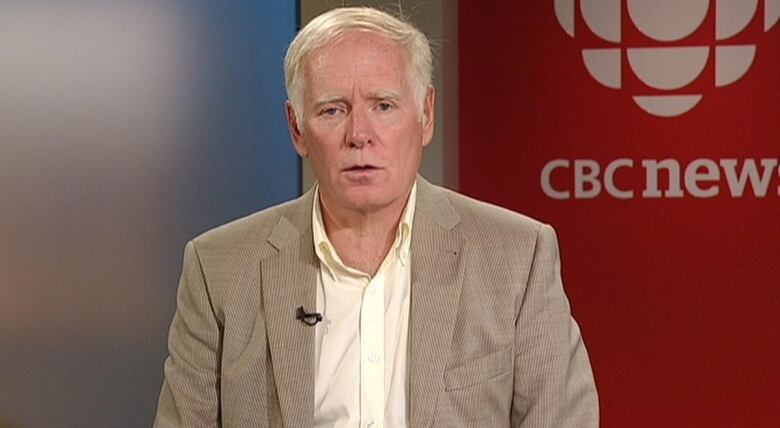Far-flung rural communities dragging down N.L. economy, says pollster
Amount of rural residents in Newfoundland and Labrador almost double the national average

A pollster thinks it's time for Newfoundland and Labrador to take a hard look at the feasibility of continuing to provide services to its rural communities, and to consider consolidating those services into regional hubs.
Don Mills, CEO of Corporate Research Associates says a lot of the province's recent financial challenges could be mitigated if people in rural communities would be more open to commuting to larger centres, a change in thinking that he says may be inconvenient butis long overdue right across Atlantic Canada.
"We promise AtlanticCanadians they have the right to live anywhere and expect the same amount of public services and economic opportunities. or that to be subsidized in that choice," he told CBC's On The Go.
"You know what? Newfoundland's at the point where they tried that, and what's the debt at now? Is it 11 billion?"
Seasonal workers
Mills told CBC that across Canada about 20 per cent of people live in communities of less than 5,000, but in Newfoundland that number climbs to 41 per cent.

With residents of those areas often only working for part of the year, and often depending on employment income programs for the remaining months, Mills said Newfoundland and Labrador is put at an economic disadvantage.
"If we have a disproportionate percentage of the population relying on seasonal work, it means our ability to grow the economy is limited by the fact that a lot of people are not working year round," he said.
"We cannot even achieve average growth, because we have fewer people working to contribute to that growth."
Service costs
Mills said the other reason having so many people living in rural areas hurts the province is because of the expectation residents of those areas have about service delivery, and the lack of growth sectors in rural regions.
He said in the rest of Canada, the larger urban populations can more easily subsidize the 20 per cent of residents living in in rural communities.
However, in Atlantic Canada, that becomes much harder because the urban tax base is not big enough to pay forthe other half that are spread out over the hundreds of square kilometres of land ina province like Newfoundland and Labrador.
"In Canada, the economies that are growing are urban-based, not rural based," he said.

Mills says he understandit's not that easy to uproot and move to a larger centre, but he said people should be more willing to drive 30 or 40 minutes every day to access services and go to work.
Just like how the St. John's Metro region serves as the workplace and service hub for many onthe entire Avalon Peninsula, Mills said other cities and towns throughout the province can act as what he calls "urban-centred economic zones" a term which he says has a much lower population threshold than people might think.
"Corner Brook, Gander, Deer Lake, Port aux Basques, Marystown, and so on."There's probably 10 or 12 urban areas in Newfoundland that all serve a wider rural region," he said. "Our research shows that90 per cent of the Newfoundland population can be served within a 50 or 60 kilometres."
"We haveto get people oriented to the idea that they have to commute a reasonable distance for public sector services like healthcare and formore permanent year-round jobs."
With files from On The Go












_(720p).jpg)


 OFFICIAL HD MUSIC VIDEO.jpg)
.jpg)



























































































